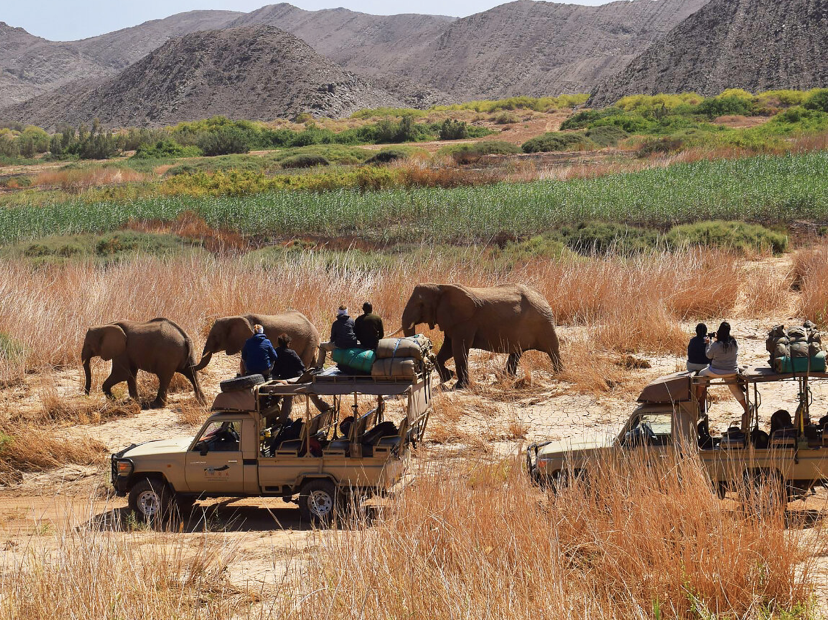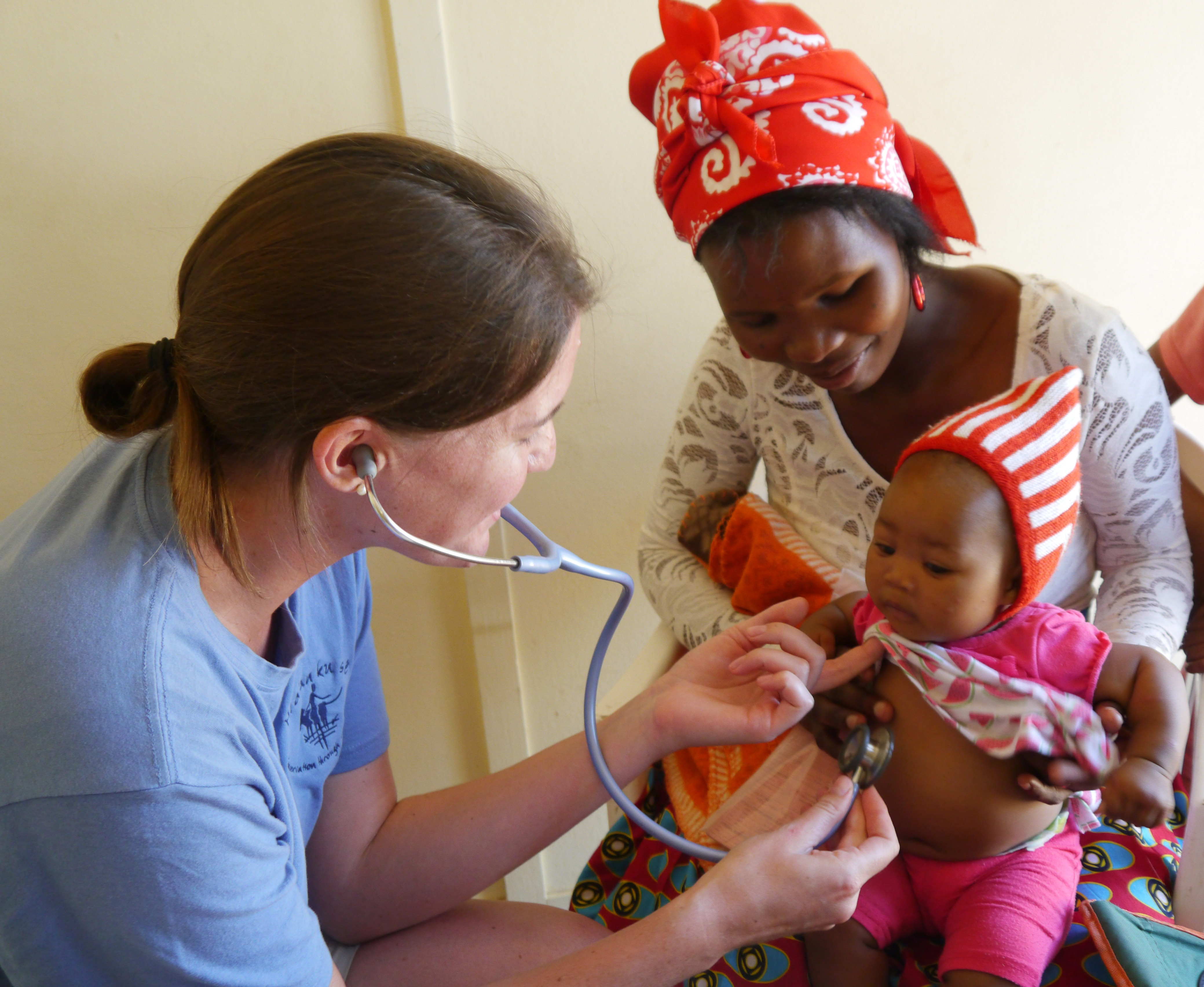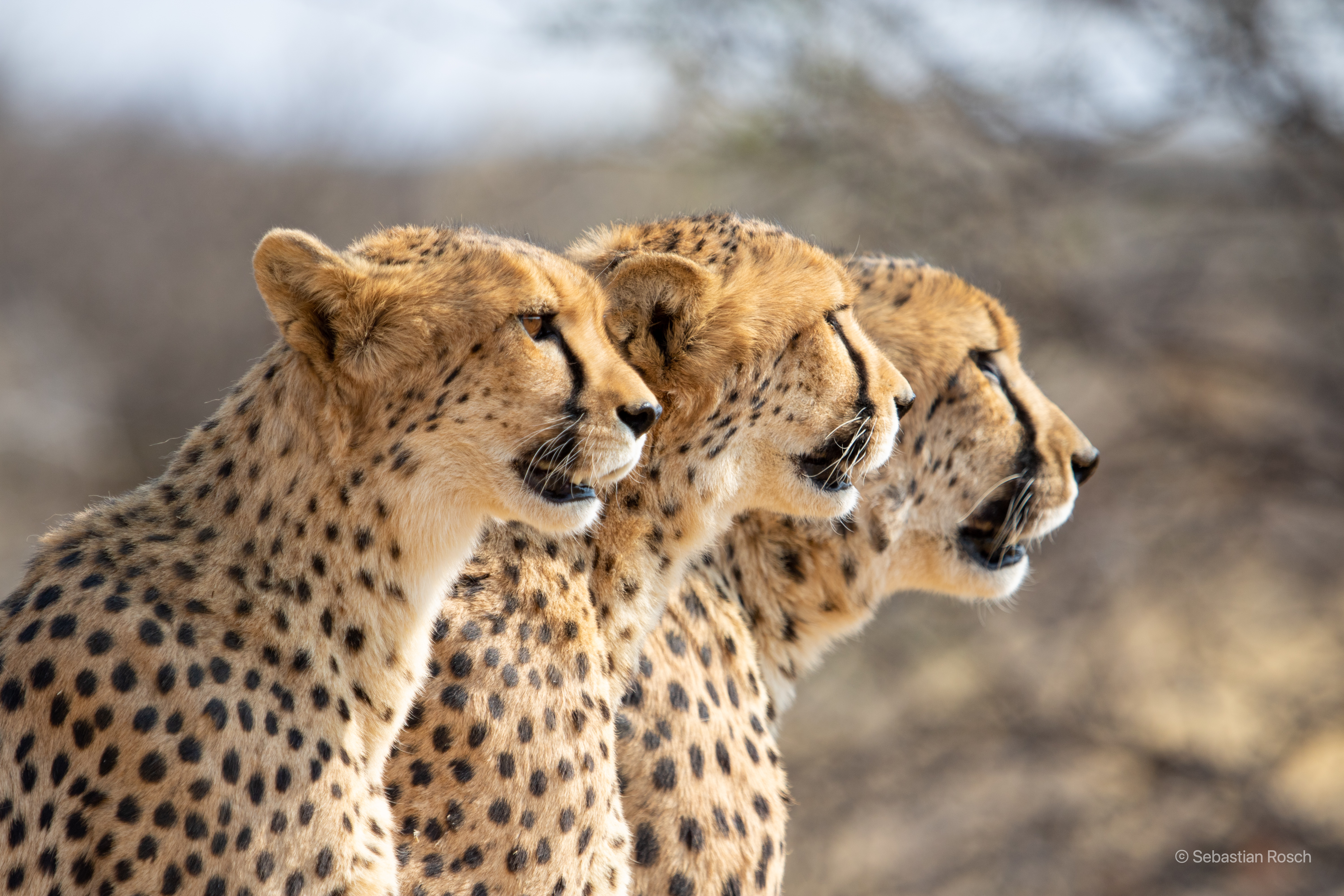Volunteer Projects in Namibia
Namibia is a fascinating country that cannot be compared to any other. It’s a place to experience wide-open spaces, friendly people, unique heritage and magnificent landscapes. A wonderful place to visit, volunteer and fall in love with the country, Namibia offers a unique adventure in its unspoiled desert sands. Join us and participants from around the world in this amazing nation by choosing from our medical, community, and wildlife volunteer opportunities.





